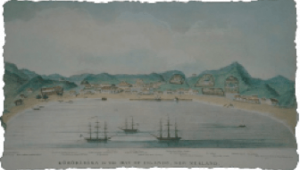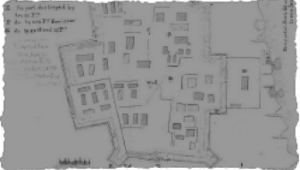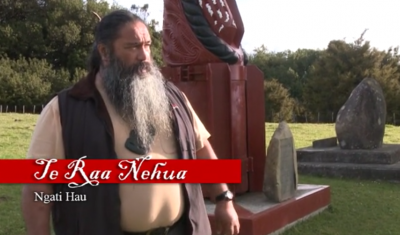
The Strife Continues



The Northern War foreshadowed Māori protest movements, which collectively spanned at least 140 years. As Māori continued to loose their lands and their rights, protest movements were born in the central North Island. In the 1860s, the British were again at war, this time against powerful chiefs of the Māori King (kingitanga) and Pai Maraie movements.
Ngāpuhi were not directly involved in these later stages of the New Zealand Wars. However, there was a connection, valuable lessons had been learned during the fighting in the north. Kawiti and his allies had refined the art of building “gun-fighter” defences, and the knowledge filtered through to Māori of the central North Island.
The British also adapted their strategy and tactics, to involve larger armies and more firepower. Having studied the defences of Ngāpuhi gunfighter pā, the British started to employ sapping1 as a method of gaining entry to Māori fortifications. The events of the 1840s (and the remarkable strength of Ruapekapeka Pā) had taught the British to respect Māori skills in warfare. However, they still did not respect the Treaty of Waitangi. In the aftermath of the fighting millions of acres of Māori land was confiscated as “punishment”. The confiscations have since been judged a breach of the Treaty.2
Over the decades, breaches of the Treaty continued.3 Six decades of manipulative land purchases saw Māori across the country loose a very large proportion of their lands. Rangatiratanga was eroded, and Māori were denied opportunities to participate in the governance of the colony.
“Māori protested early, and continually, about their exclusion from the processes of government, where decisions were made about their property and their lives, usually without even the courtesy of consultation.”
Professor Alan Ward4
It took well over a century, but eventually the government had to listen. In 1975, an Act of Parliament established the Waitangi Tribunal, a commission of inquiry to hear Māori grievances against the Crown regarding Treaty breaches.
One hundred and seventy years after Hone Heke first chopped down the flagstaff at Kororāreka, Northern Māori are presenting their cases to the Waitangi Tribunal. Getting to this point was a long and painful struggle across multiple generations. The Battle of Ruapekapeka was an early stage of this struggle, which at last may be resolved.
1 Sapping is a method of advancing towards an enemy fortification by digging a trench to shield the attackers from defensive musket or artillery fire.
2 Ward, A. 1997. National Overview, Vol. 1. Waitangi Tribunal Rangahaua Whanui Series, p. 35.






